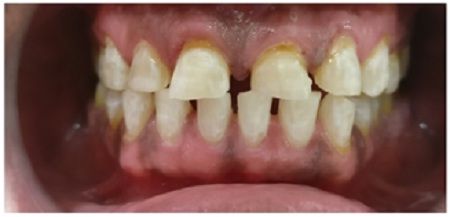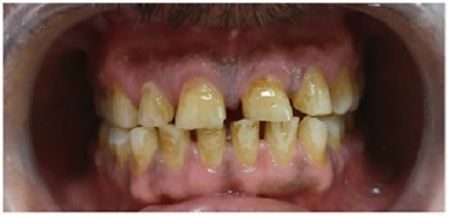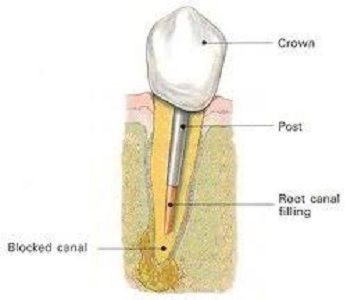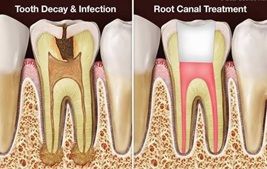


Oral prophylaxis is a procedure performed to thoroughly clean the teeth. Prophylaxis is an important dental treatment for stopping the progression of periodontal disease and gingivitis. Periodontal disease and gingivitis occur when bacteria from plaque colonize on the gingiva (gum), either above or below the gum line. These bacterial colonies cause inflammation and irritation which in turn produces a chronic inflammatory response in the body.


The body thus begins to systematically destroy gum and bone tissue, making the teeth shift from its position, become mobile, or completely fall out. The pockets between the gums and teeth deepen and shelter more bacteria which may travel via the bloodstream and infect other parts of the body.
Here are some of the benefits of prophylaxis:
What does prophylaxis treatment involve?
Prophylaxis can either be performed in the course of a regular dental visit or, if necessary, under local anesthesia. The latter is particularly common where the periodontal disease is severe.
Prophylaxis is generally performed in several stages:
If the tooth is decayed to an extent that a lot of the visible tooth structure is lost, then a post & core treatment is needed after the root canal treatment .
A Post & Core is a dental restoration used to sufficiently build-up tooth structure for future restoration with a crown when there is not enough tooth structure, due to loss of tooth structure because of either decay or fracture. Post and cores are therefore referred to as Foundation Restorations.
The post itself is a reinforced carbon fibre or metallic structure that is placed within the root of a tooth that has had a root canal procedure(endodontic procedure) done. When a root canal is performed, the pulp is removed and the space it occupied is filled with a special filling material. In placing a post, some of this root canal filling material is removed creating a space. The space that is created is used to anchor the post within the root of the tooth.
The type of post that is chosen depend on a number of factors.
Prefabricated posts are used most commonly. The appropriate size is selected depending on the tooth and the canal.
A core is a filling material built around the part of the post that comes out of the root after the post is cemented into the root. The core is shaped and prepared to retain a crown.
Although posts are usually recommended when there is inadequate support for a crown, they are not always necessary. The use of a post is determined on an individual basis based upon the support and strength required.


A dental filling is a way to restore a tooth damaged by decay its normal shape and function. There are different types of filling materials like amalgam, composite, cements. When advisable, you can opt for tooth-colored fillings, or composite resin fillings vs. regular amalgam.
Composite is a tooth-colored filling material , most commonly used due to its aesthetics , strength and bond. It contains a mixture of acrylic plastics, quartz fillers and colorants.
The procedure for tooth-colored fillings involves using an adhesive which needs to bond to your tooth and the composite is hardened into place with a special blue curing light.The color of the composite is matched to the shade of your natural tooth color for the most natural look.
A root canal treatment is a treatment used to repair and save a tooth when it is badly decayed or infected and also prevents the need for implants or bridges. It involves removal of tooth pulp(which is the soft inner tissue of the tooth and also connected to the nerves at the bottom of the tooth) and nerve, cleaning and shaping the canal and then filling the canal with a compatible root filling material.
If a root canal procedure is not done at this point, the infection can become worse and cause an abscessed tooth. Signs of an infected tooth include:

A root canal procedure requires one or more visits, and you can drive home after your treatment because we use a local anesthetic to eliminate any pain or discomfort. Our endodontist ensures its done in a single visit unless multiple visits are needed. You should take care to minimize chewing on the affected tooth until the procedure is completed. Antibiotics and analgesics are prescribed as needed. Most patients can return to their normal activities the same day.
A dental visit usually involves :
